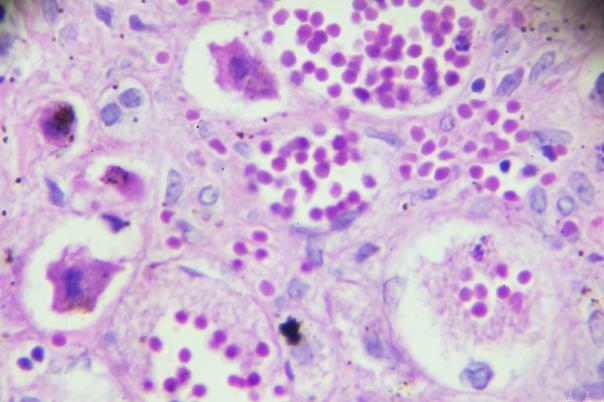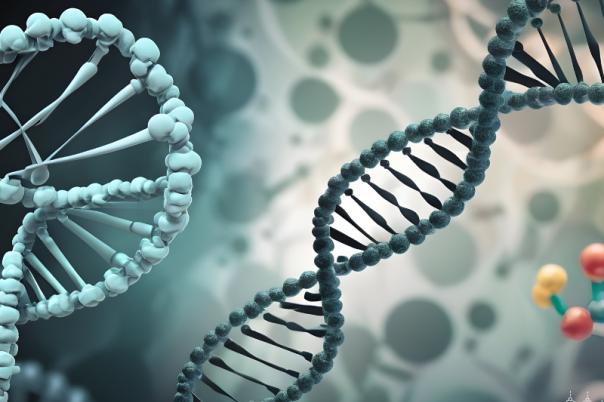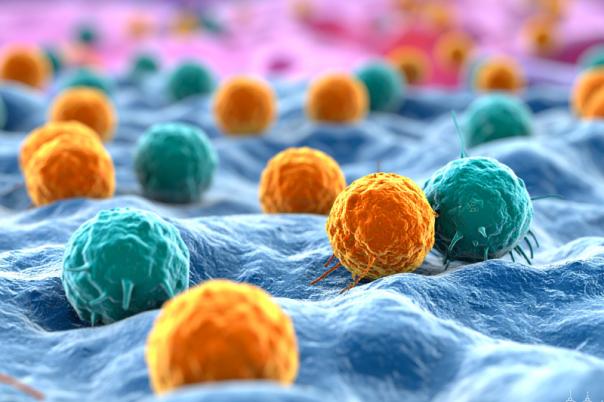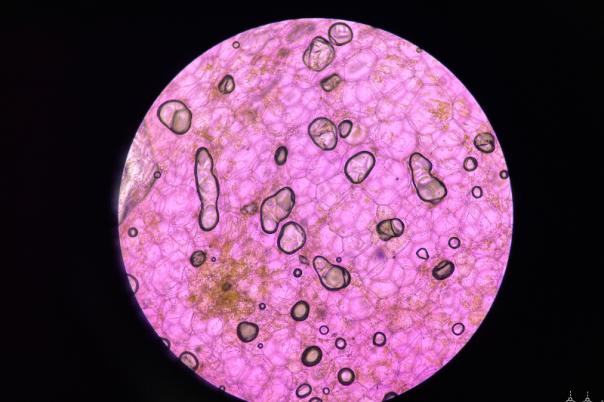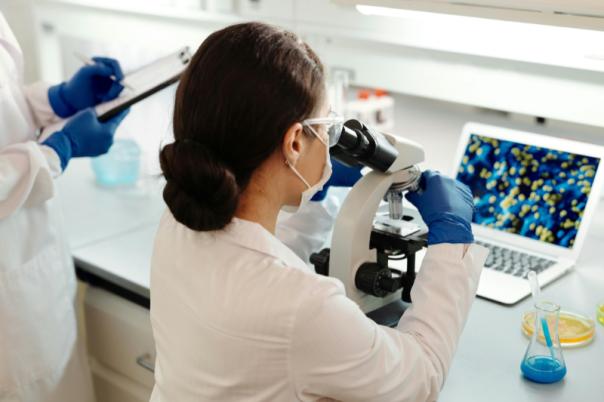Qi-Wei Li, Assistant Professor of Statistics at the University of Texas at Dallas, discussed integrating statistics and AI to solve real-world problems, highlighting the historical context and differences between the two fields and combining the old with the new.
Statistics has been around for hundreds of years. The statistical community is divided into two cohorts: frequentist statisticians and Bayesian statisticians. Li focused on the concept of Bayesian statistics, explaining that its core application is to make inferences based on prior knowledge and data. Meanwhile, AI is relatively new and trendy. In a broad sense, AI encompasses all efforts to mimic human intelligence or behaviour patterns. Statistics is a mathematical science while machine learning is more engineering focused.
Li explained that statistics aims to fit data with simple assumptions, whereas deep learning aims to discover new patterns in data. Furthermore, statistics relies on mathematical modelling and deep learning involves developing new algorithms. They complement each other because AI can uncover complex patterns but lacks interpretability but statistics is good at interpreting. By leveraging these tools, they can be used in pathology image analysis and spatial transcriptomics.
In pathology image analysis, deep learning analyses pathology images and predicts cell types. Bayesian models then interpret the data, this approach allows scientists to study cell-cell interactions and their association with patient survival outcomes. To quantify spatial patterns and cell-cell interactions, parameters that capture cell abundance and interactions. Then, a regression model investigated the relationship between the parameters and patient survival outcomes.
Spatial transcriptomics requires quantifying gene expression at spot levels for tissues. Furthermore, it requires combining image-based and molecular-based profiles for spatial clustering. Li stated that the principal goal is to automate repetitive manual annotation work by gathering pathology images and transcriptomics data. This allows researchers to identify and characterize spatial domains and detect boundaries between them. Li briefly outlines a breast cancer study that adopted this method and achieved higher accuracy in classifying cells into types and interpreting spatial domains.
Overall, the blending of AI and statistics can help achieve better results and interpretability in the fields of pathology imaging and spatial transcriptomics. By capitalising on AI’s pattern recognition and statistics’ interpretability, researchers can derive meaningful biological insights that improve cancer prognosis.
